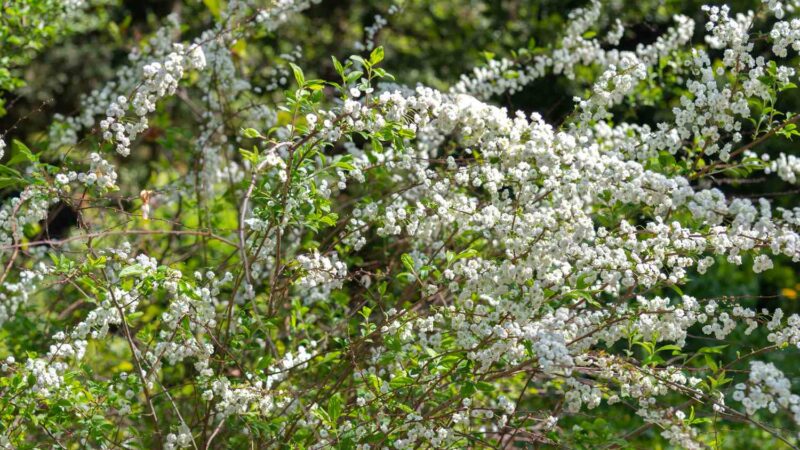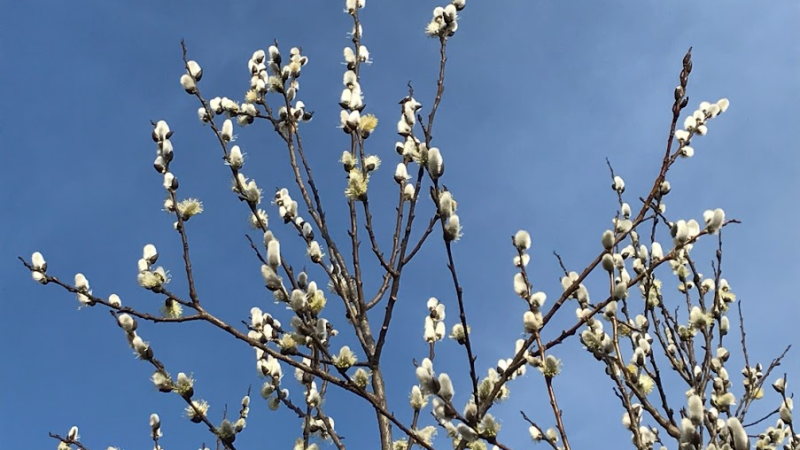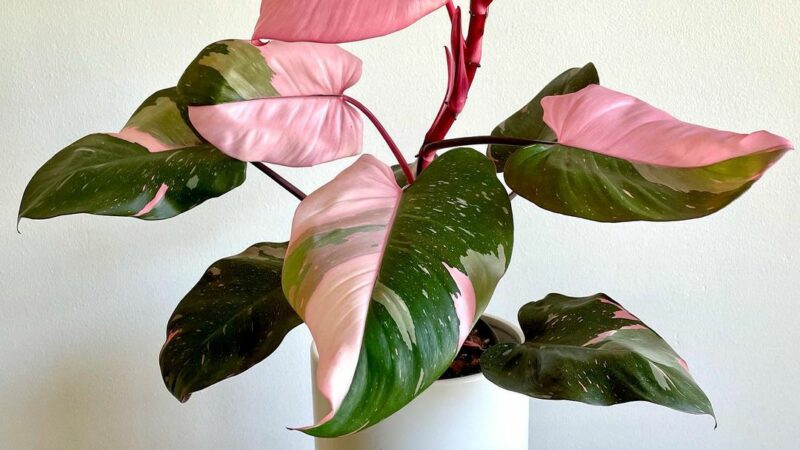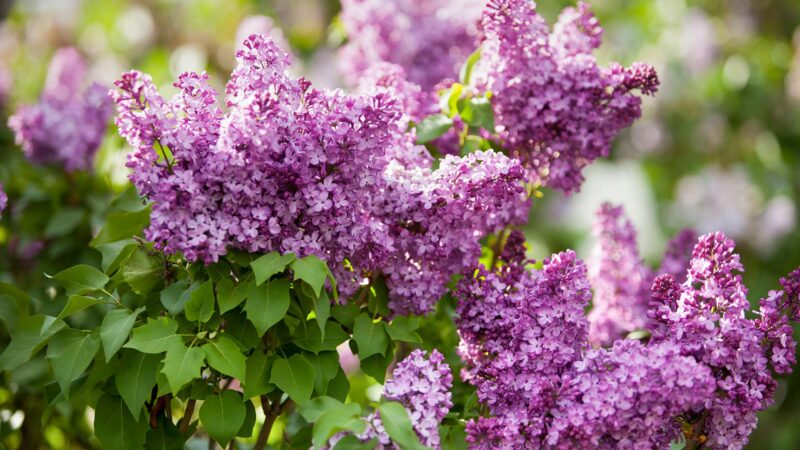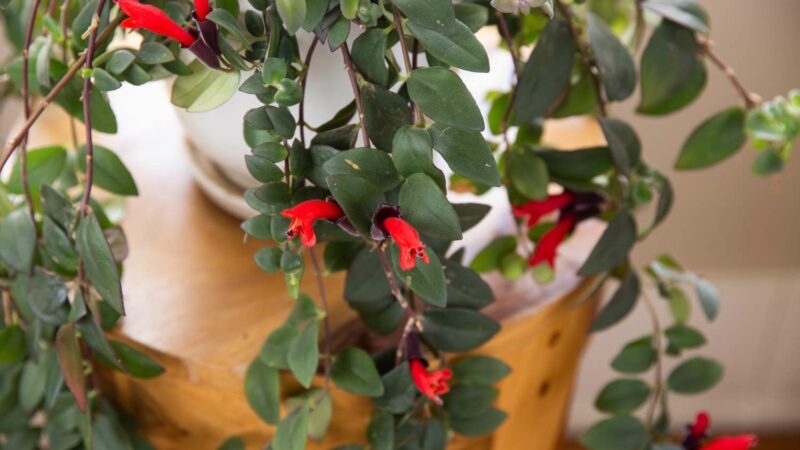What Is A Mushroom Compost? Complete Guide
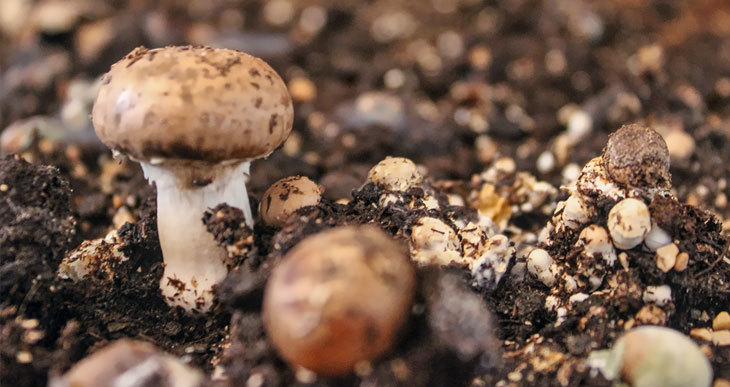
Mushroom Compost – Today, we uncover the hidden gem revolutionizing gardens and landscapes worldwide: Mushroom Compost. Often hailed as “black gold” by seasoned gardeners and agriculturists, this organic wonder is nature’s way of turning waste into treasure.
We will delve deep into the marvellous world of mushroom compost – a nutrient-rich, eco-friendly, and sustainable soil amendment that breathes new life into barren lands, elevates crop yields and nurtures the most vibrant blooms.
Whether you’re a novice gardener seeking the magic touch to transform your backyard or a seasoned pro looking to take your cultivation practices to new heights, mushroom compost holds the key to unlocking the full potential of your green haven.
What Is Mushroom Compost?
Mushroom compost, also known as mushroom soil or mushroom substrate, is a specialized type of organic compost created during the cultivation of mushrooms. It is a unique and nutrient-rich blend of various organic materials to nurture and support mushroom growth. While the name might suggest that it contains mushrooms or is a byproduct of mushroom harvesting, mushroom compost does not have mushrooms but rather the remnants of their growth process.
Cultivating mushrooms involves creating a growing medium known as the substrate. Typically, this substrate is a blend of agricultural waste materials such as straw, hay, corn cobs, cottonseed hulls, poultry litter, and other plant-based organic matter. These materials are mixed together and sterilized to create an environment free of competing organisms, allowing the mushroom mycelium (the vegetative part of the fungus) to flourish without interference.
Gardeners often use mushroom compost to amend garden beds, flowerpots, and agricultural fields, enhancing the soil’s fertility and supporting the healthy growth of various plants, flowers, and crops.
What Does Mushroom Compost Used For?
Here are some common uses of mushroom compost:
- Soil Amendment: One of the primary uses of mushroom compost is to improve soil structure and fertility. Incorporating into garden beds or agricultural fields enhances the soil’s ability to retain moisture, promotes aeration, and creates a favourable environment for beneficial soil organisms. Its organic matter content adds vital nutrients to the soil, which nourishes plants and supports healthy growth.
- Plant Fertilizer: Mushroom compost is an exceptional organic fertilizer, providing essential nutrients like nitrogen, phosphorus, potassium, and micronutrients to plants. As a slow-release fertilizer, it nourishes plants over an extended period, reducing the risk of nutrient leaching and ensuring a steady supply of nutrients for optimal growth.
- Mulching: When used as mulch, mushroom compost helps retain soil moisture, suppresses weed growth, and regulates soil temperature. It forms a protective layer over the soil, preventing evaporation and minimizing water usage while adding nutrients to the ground.
- Seed Starting Mix: A blend of mushroom compost with other suitable materials can serve as an excellent seed starting mix. It provides a nutrient-rich and sterile environment for seed germination, giving seedlings a healthy head start.
- Transplanting and Potting Mix: In container gardening, mushroom compost can be mixed with other components like peat moss and perlite to create a nutrient-rich potting mix. This mix promotes healthy root development and supports the growth of plants in pots and containers.
- Lawn Care: Mushroom compost can improve the quality of lawns and grassy areas. It helps nourish the soil beneath the grass, resulting in lush, green lawns.
- Land Restoration: Mushroom compost is utilized in land reclamation and restoration projects to revitalize degraded soils. Its ability to improve soil structure and fertility aids in the recovery of barren or eroded lands.
- Suppression of Soil-borne Diseases: During mushroom cultivation, Mushroom compost’s pasteurization process helps suppress certain soil-borne pathogens and pests. Its use can contribute to healthier plant growth by reducing the risk of disease transmission through the soil.
- Sustainable Waste Management: Utilizing mushroom compost helps recycle agricultural and organic waste materials that would otherwise be discarded, promoting sustainable waste management practices.
How To Make Mushroom Compost At Home?
Making mushroom compost at home is a rewarding and sustainable way to recycle organic waste and create a nutrient-rich soil amendment. Here are the simple steps to make mushroom compost at home:
Materials Needed:
- Organic waste materials (straw, hay, leaves, coffee grounds, vegetable scraps, etc.)
- Poultry or livestock manure (optional for added nitrogen)
- Water
- A large container or compost pile
- Shovel or pitchfork
Step-by-Step Guide:
- Collect Organic Materials: Gather a mix of organic waste materials to form the base of your compost. Good choices include straw, hay, dried leaves, kitchen vegetable scraps, coffee grounds, and other plant-based materials. Avoid using materials treated with chemicals or toxic substances.
- Moisten the Materials: Before starting the composting process, dampen the organic materials with water. The moisture content should be similar to a wrung-out sponge, not too soggy or dry.
- Layering the Compost Pile: Create a compost pile or use a large container, like a compost bin. Begin layering the damp organic materials, ensuring a balance between green materials (nitrogen-rich) and brown materials (carbon-rich). For example, alternate layers of straw and vegetable scraps.
- Optional: Add Manure: If available, you can add poultry or livestock manure to the compost pile to increase the nitrogen content. Manure helps accelerate the decomposition process and enrich the compost with essential nutrients.
- Mixing the Compost: Regularly turn and mix the compost pile using a shovel or pitchfork. This aerates the compost and speeds up the decomposition process. Mixing the compost also ensures that the materials break down uniformly.
- Monitor Moisture: Throughout the composting process, monitor the moisture levels. The compost pile should remain consistently moist but not soggy. Add water as needed to maintain the right level of moisture.
- Composting Period: Depending on the environmental conditions and the materials used, the process typically takes several weeks to several months. The compost is ready when it turns dark brown, has an earthy smell, and the original materials are no longer recognizable.
- Curing the Compost: Once the compost is fully decomposed, let it “cure” or mature for a few weeks. This final step helps stabilize the compost and ensures that any remaining organic matter fully breaks down.
- Using the Mushroom Compost: After the curing period, your homemade mushroom compost is ready to use! You can incorporate it into garden beds, mix it with potting soil, use it as a mulch, or apply it as a nutrient-rich top dressing for existing plants.
Remember that the specific ingredients and composting time may vary based on the materials used and the environmental conditions. Patience and consistent care are essential for creating high-quality mushroom compost at home. Following these simple steps, you can recycle organic waste effectively while enriching your garden with a fantastic, nutrient-dense soil amendment.
FAQs:
What is mushroom compost, and how is it different from regular compost?
Mushroom compost is organic compost created during mushroom cultivation, distinct from regular compost made from various organic materials.
Can I use mushroom compost for all types of plants and gardens?
Yes, but use it in moderation; some plants may prefer different soil conditions.
How often should I apply mushroom compost to my garden?
Once a year is typically enough to maintain soil fertility.
Can I make mushroom compost at home without growing mushrooms?
Yes, create nutrient-rich compost using organic materials and home composting methods.
